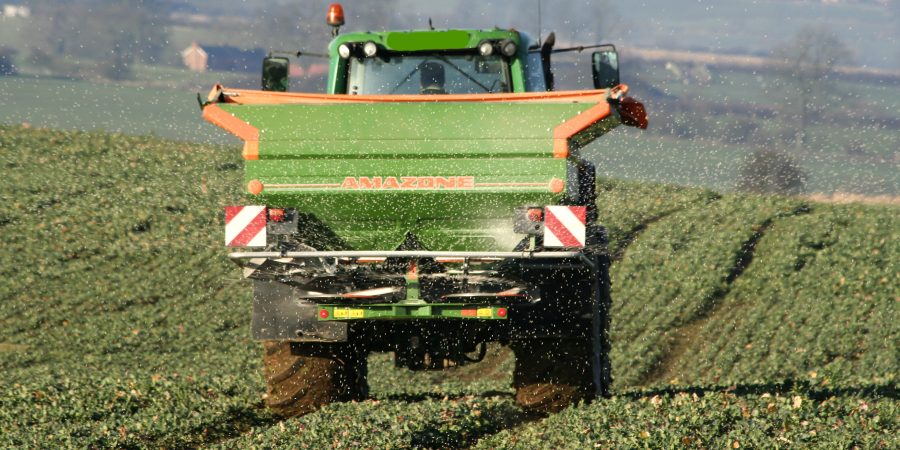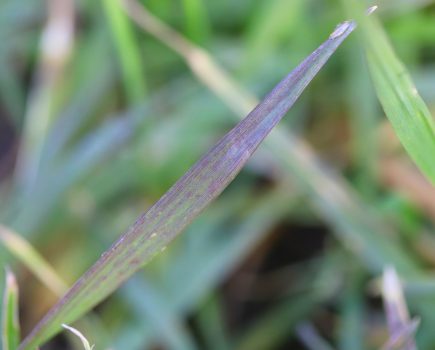Hutchinsons’ crop nutrition manager Tim Kerr examines the impact of the wet winter on crops and how to manage them this spring.
The exceptionally wet autumn and winter presents serious difficulties for crops in the ground, as well as those still to be drilled.
While there are some good-looking winter crops that were sown early and escaped the worst of any flooding, others have been hit hard.
Crucially, when soils become waterlogged, this starves roots of oxygen, causing them to stop functioning, preventing the movement of water or nutrients from the roots up to the top growth.
Ironically, the stomata close, almost like in drought conditions, which affects photosynthesis, with knock-on effects for nutrient uptake, tillering and biomass accumulation.
In severe situations, crops can also “cannibalise’ nutrients from older leaves to support newer growth, causing early leaf senescence.
Roots often adapt to wet conditions by growing closer to the surface to facilitate gas exchange in anaerobic soils. Shallow rooting presents issues as the season progresses though, especially when conditions turn dry and crops need more scavenging ability for water and nutrients.
So what can be done?
Building early nutrition to boost root development and build biomass is crucial, and early nitrogen is one of the most important considerations.
The first N-Min results for this year show there is less residual nitrogen in the soil than normal, primarily because of nitrate leaching. But it’s a quadruple whammy; there’s less nitrogen in the soil, less in the crop, poorer rooting and reduced mineralisation due to the impact of waterlogging on soil microbes. We’re facing a very different scenario to previous years.
Applying nitrogen in ammonium nitrate form is generally preferred, as this is more readily available to plants than urea-based fertiliser, which must go through two chemical changes – both reliant on microbial activity – for it to become plant-available.
Plants are slower to respond to urea fertiliser In normal conditions, but if soils are in a less than ideal state, that process could be even slower. Inhibited urea is even slower to work, so be careful what you use.
Early sulphur will also be important on almost every soil this year as sulphate, like nitrate, is easily leached. Ideally, apply sulphur with the first nitrogen, or alongside the potash. Rates should generally be in proportion to the amount of nitrogen applied.
Boron is another easily leachable nutrient, and testing of samples in recent years shows over 70% to be low in boron, especially on lighter land. Deficiency symptoms are rarely seen, but boron plays a vital role in root and shoot development. Trials in 2020 showed a positive response from foliar boron applied at GS 30 and GS 39.
Potassium and magnesium are other nutrients to consider, as they can be easily lost from lighter soils with a low cation exchange capacity, while phosphate availability may also be lower this year, not because of leaching but due to losses from soil run-off in heavy rain.
In cold, wet soils, the microbes that convert exchangeable phosphorus to available phosphorus slow down, so crops can quickly exhaust the soil solution, resulting in deficiency symptoms, even where soil indices are high. Foliar products are an option if there is sufficient leaf area, but phosphites may be a more effective option to develop rooting and improve future scavenging ability.
Key actions:
- Assess fields to identify issues and decide on the most appropriate management
- Do test digs to assess the impact of waterlogging on soils and root development
- Check plant populations to determine a realistic yield potential
- Tailor inputs to crop need and yield potential, considering all available options
- Consider re-drilling or sowing spring cover crops on worst areas with no viable crop.







